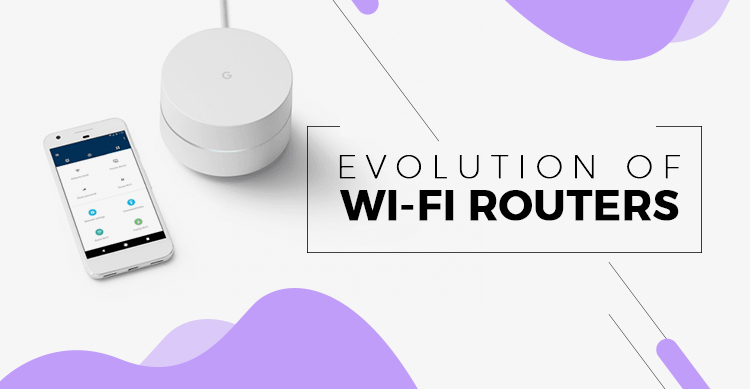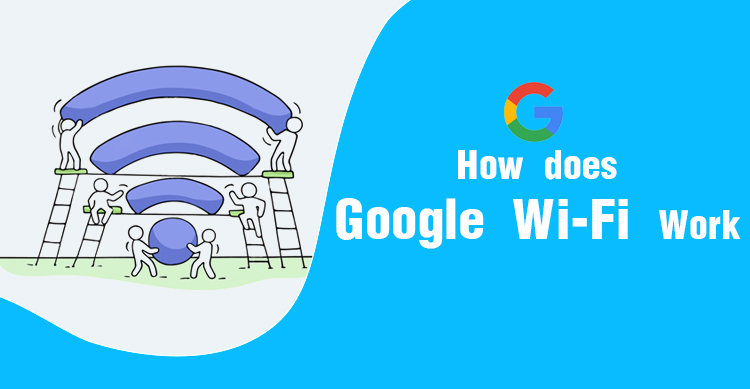With internet getting faster, it was expected that most of the data providers would be hiking their charges, which is why it makes more sense to try and see if you can get an internet connection for free .
The average WiFi is costing the layman approximately $50 per month, which works out to a massive $600 per year.
With more innovations and updates in the digital spectrum, you can expect higher speeds, faster downloads,and higher fees.
Given all this, wouldn’t it be better to surf the net for free? Granted, it may sound like a dream but here’s how you go about the same.
Read Also : 15 Ways to Get Free WiFi Anywhere Around You

Getting WiFi without internet
The fact is that free internet is not illegal, not in any sense of the word but the problem is that most do not know that you can indeed get free internet and end up paying a monthly fee for the same.
In fact, the government offers several programs for those who reside below the poverty line, which includes free internet, but other than that, there are a few options across the board that you may want to check out.
1. Freedom POP
Freedom POP is a company that specializes in offering free internet services, and of course, this includes the usual ads that run in the background.
But the fact is that this company provides you with free internet, and even sends you a free hotspot device.
You would be required to pay a small security deposit which is returnable at the end of the year, assuming you return the device around then.
What makes Freedom POP attractive is that all you need to do is to sign up on the website and they’ll send you the manual and charger, and you should be able to surf the net for free.
Keep in mind that initially, you would end up getting about 10GB of data for the first month but after that, this should go down to 500MB per month which is not much, but enough for you to surf online and check your emails.
2. WiFi free spot
This Company provides you with a list of all the local shops and businesses in your area that offer free WiFi.
All you have to do is to check online, for all the free listings and take advantage of the same.
The process is quite simple. All you have to do is to head over to your state and county, and the website should provide you with the list of all local businesses that offer free wifi without internet.
And if you reside nearby, then you can use their connection for free. And if you want to check all the local free WiFi spots, as you travel, you can download and install the WiFi Map, on your phone.
3. Check with your internet service provider
It may come as a surprise but many ISP providers offer dirt cheap data packages that you can avail and some even offer free internet.
Usually, your ISP may try up selling you their packages so that you end up with more data than you would ever need. It is important that you query them regarding the various data packages they have on offer and go in for the one that sounds like a good fit.
See if they offer bundled services for there are good chances that you may get internet for free. Usually, they offer free internet with bundled services for free for a year, after which you would be required to subscribe for the same.
4. 10 free hours of internet for a month
It may not sound like much but if you are not a heavy internet user, then this would be perfect for you.
Both Netzero and Juno are two ISP providers who provide ten hours of free internet a month. It is meant for those who are looking for ways to keep in touch with their loved ones via email.
This service is predominantly dial-up and you can use the same to surf online for free, ten hours a month.
But do note, if you are looking to use the same for watching videos or movies online, then it would get used up very quickly.
Read Also : WiFi Can Let You See Through Walls – Know How!
5. Ask a neighbor
It all depends on how good a relationship you have with your neighbor; assuming that it is good, you can request them to share their connection or you can make an offer where you get to pay for their WiFi connection every alternate month, which essentially means that you get six months of free wifi without internet.
If you are planning to head down this route, it may be a good idea to draw up an agreement so that your interests are protected.
6. Municipal wireless network
The municipal wireless network is fast catching on. The local municipality offers free internet but with it, you would get more than a few restrictions.
Essentially, it is meant for local businesses to stay connected and as a resident, you can piggyback on the WiFi connection.
But it should also be pointed out that not all the municipalities have the same but only a select few but you can always check online as to whether your municipality offers you free WiFi.
Some of the restrictions involve you accessing the net for just a few hours, not more than that and you may have to access it in a café or in a park, and not inside your home.
7. Bookmark cheap internet
Sounds too good to be true but in reality, there is a dedicated website that provides you with up to date information on cheap internet offers – which ISP is offering what and whom to approach for the cheapest data package.
Given that the usual cost is around $50, with the help of this website, you should be able to find something that is affordable and in your price range.
You will have to click on “plans by state” for a list of current offers in your state and select one that you think is a good fit.
If you belong to the low-income group, then you would definitely want to bookmark this website as it has some fantastic offers, including the fact that you may be eligible for some of them on account of your current fiscal status.
8. Mobile hotspot
Of course, you can always use your mobile phone as a hotspot; the fact is that mobile carriers offer wifi without internet and often charge you as little as possible for using the bandwidth on their plans.
They generally upsell the same to you and bundled with the phone, you get free wifi without internet.
All you have to do is to head over to settings, click on the internet and the drop-down list containing more than a few options should open up.
Now, all that is left for you to do is to choose the ‘mobile hotspot’ and enter the keyword given in your system or laptop and you would be set to go.
Keep in mind that you are only allowed to use a certain amount of data each day, and additional charges may apply should you exceed the same.
Read Also : How to Set Up WiFi at Home : 5 Easy Steps
9. See if your school offers free internet
A good idea would be to check and see if your school offers free internet; some do specially to enable students from low-income groups to stay connected so as to enable them to research their papers, review their homework and streamline their performance as a result.
If you are planning to apply for the same, then you would have to apply to meet your district state commissioner and make your case, as to how you and your kids come from a low-income group.
There is no clarity on how families get picked for the same but one criterion is thought to be the income status of that particular family.
10. Cheap internet services
For example, AT&T offers you low-cost internet services for the low-income group; there is no bar and anyone can apply for the same and it costs only as low as $5 and nothing can beat this price tag when you compare it with the $50 one.
The only downside is that the speed is rather slow and can come down even to 3Mbps.
Or you can go ahead with internet essentials by Comcast which costs only $9.95 per month, and comes with a decent speed and certainly trumps AT&T.
These are some of the ways that you can get free WiFi without subscribing to any internet service provider.
It all comes down to what you plan to use the internet for and then, check and see one of the options listed above, and decide which one you want to go ahead with.
Just remember, that there is no such thing as a ‘free lunch’, and you would have to subscribe in order to get premium services.






